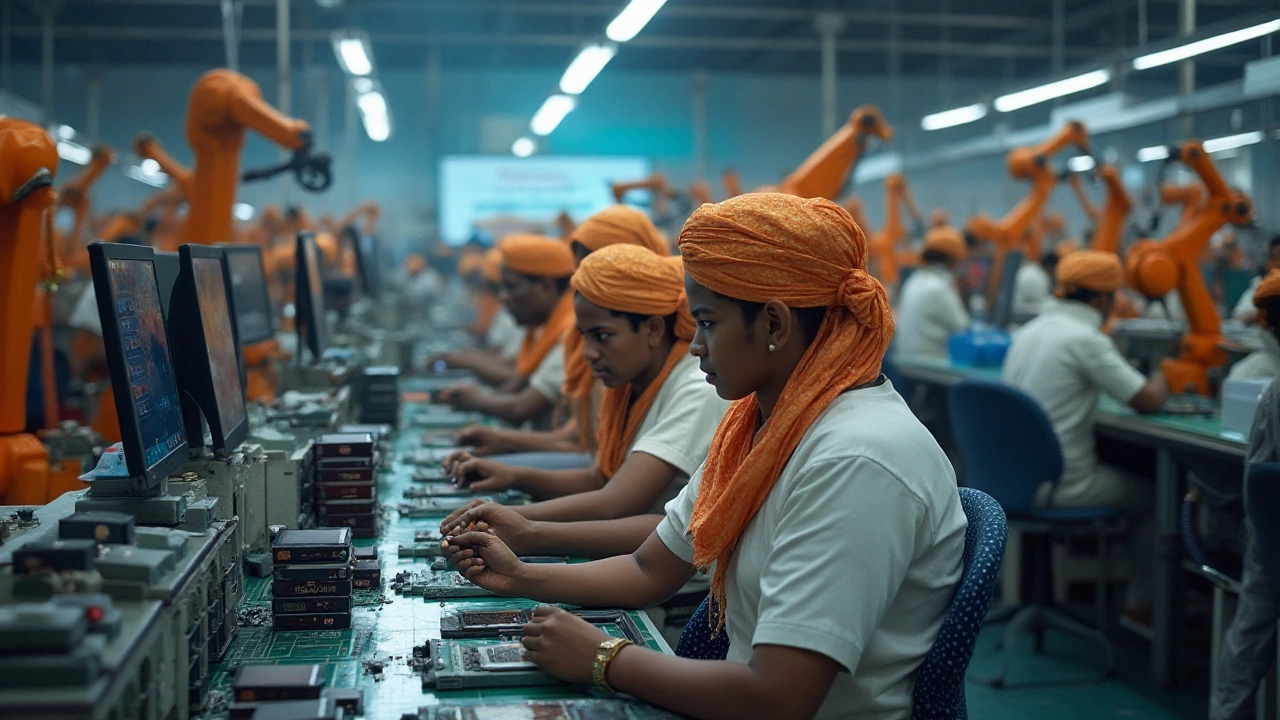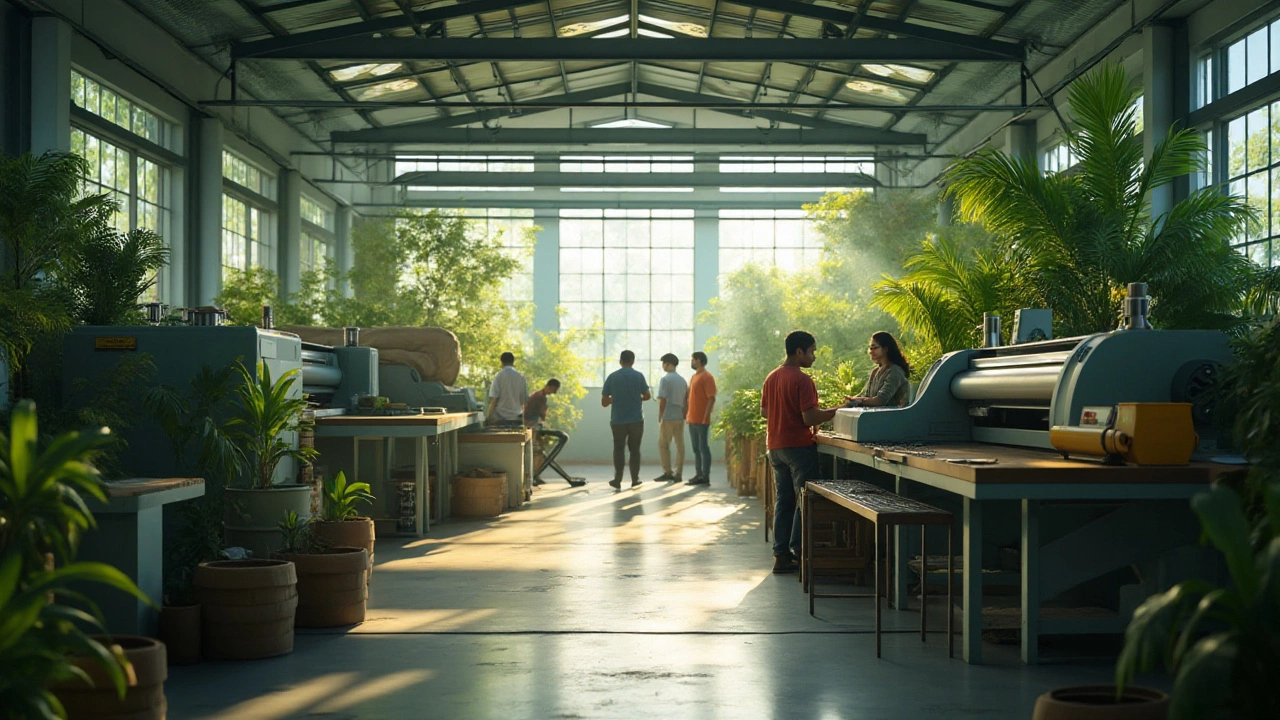Disadvantages: What They Are and Why They Matter
When evaluating disadvantages, the negative aspects or drawbacks of a situation, product, or process. Also known as drawbacks, disadvantages help us spot where things can go wrong. Alongside them you’ll often meet challenges, specific obstacles that need effort to overcome, limitations, inherent constraints that restrict performance or scope and risks, potential negative outcomes that may arise if issues aren’t managed. Understanding how these pieces fit together lets you make smarter choices before you dive into a project or purchase.
Think of any new technology you’ve tried. The disadvantages are the parts that make you pause – high cost, steep learning curve, or maintenance headaches. Those disadvantages bring challenges like finding skilled support, and they expose limitations such as compatibility with older systems. Meanwhile, risks could be data loss or downtime if the technology fails. This chain – disadvantages encompassing challenges, requiring mitigation for limitations, and influencing risks – is a pattern you’ll see across industries, from manufacturing to gardening.
Why Spotting Disadvantages Early Saves Time and Money
In manufacturing, overlooking a disadvantage can halt an entire production line. For example, a new alloy might promise strength but have the disadvantage of being difficult to weld. That welding challenge forces factories to invest in new equipment, a limitation that caps output speed, and raises the risk of higher defect rates. When you spot the disadvantage up front, you can decide whether the benefit outweighs the extra cost or look for an alternative material.
Gardeners face similar loops. A plant labeled “hardy” may have the disadvantage of needing very specific soil pH. The challenge is testing and adjusting the soil, the limitation is the added labor, and the risk is that the plant won’t thrive, wasting seeds and space. By recognizing the disadvantage early, you either pick a more suitable plant or invest in the right soil amendments.
Even everyday consumer choices follow this logic. A smartphone might boast a huge screen – a clear advantage – but the disadvantage could be a short battery life. That leads to the challenge of frequent charging, the limitation of reduced mobility, and the risk of missing important calls. Knowing this chain helps you weigh whether the trade‑off is worth it for your lifestyle.
Across the board, the key is to map each disadvantage to its downstream effects. Write them down: Disadvantage → Challenge → Limitation → Risk. This simple list becomes a decision‑making tool that clarifies if you need to mitigate, accept, or avoid the issue.
Mitigation strategies differ by field but share common steps. First, quantify the disadvantage – how much extra cost or time does it add? Second, test a small pilot to see if the challenge is truly a blocker. Third, compare alternatives that have fewer drawbacks. Finally, build a contingency plan for the identified risks. By following this flow, you turn a vague sense of “something’s off” into actionable data.
Our collection of articles below illustrates these ideas in real‑world contexts. You’ll see how disadvantages shape the future of steel production in the U.S., affect the growth of the toughest desert plant, and even influence the popularity of indoor houseplants for beginners. Each piece dives into a specific scenario, breaks down the challenges, outlines the limitations, and offers risk‑aware recommendations.
Ready to see how recognizing disadvantages can sharpen your decisions? Scroll down to explore the full range of insights – from manufacturing trends to gardening hacks – all built around the same core idea: know the downsides, manage the obstacles, and stay ahead of the risks.
Understanding the Key Drawbacks of Using a Food Processor
Food processors are invaluable tools in modern kitchens, simplifying tasks like chopping, slicing, and pureeing. However, they are not without their downsides. This article explores the primary disadvantage of food processors, covering issues such as bulkiness, limited control over blending, potential over-processing, and cleaning difficulties. By understanding these drawbacks, users can make informed decisions about their kitchen equipment choices.
- manufacturing
- India
- food processing
- garden tips
- rice cultivation
- government schemes
- balcony garden
- urban gardening
- balcony gardening
- profitable business
- business ideas
- plastic manufacturing
- drip irrigation
- plant care
- steel manufacturing
- sustainable gardening
- startup ideas
- steel industry
- flower gardening
- textile manufacturers






